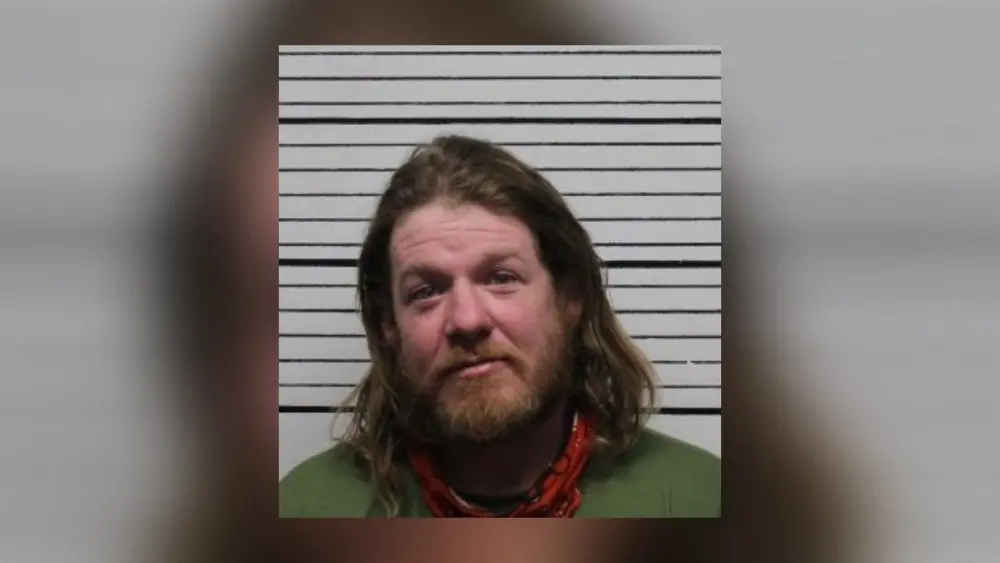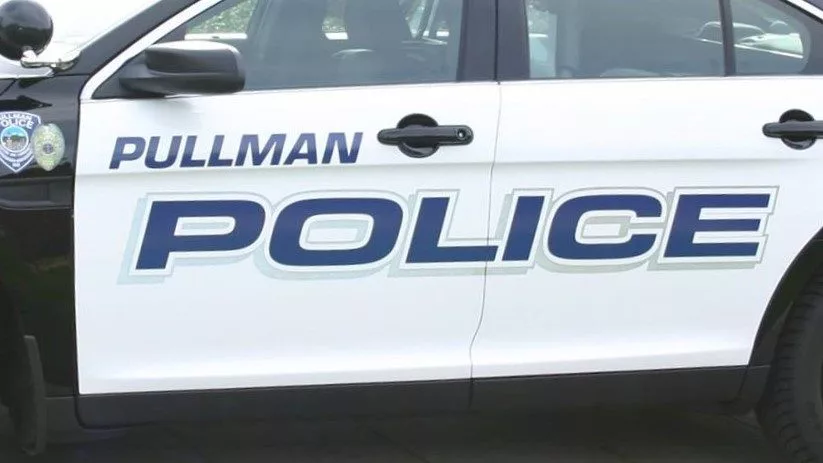(KAMIAH, ID) — On July 21, seven hearty volunteers with the Idaho Trails Association (ITA) hiked into the Selway-Bitterroot Wilderness from the Windy Saddle trailhead for three weeks of trail work in one of the largest wildernesses in the United States. Over the course of their trip, they stayed at five campsites, cut out numerous downed trees, rediscovered and repaired trail tread, and heightened their appreciation for wilderness. September 3, 2024 is the 60th anniversary of The Wilderness Act and their work exemplifies the meaning, promise, and reasons for its creation.
The participants were a diverse group, united by their love of nature. Amongst them were a retired doctor, a software engineer, a member of the US Air Force, a recent college graduate, a nurse, and a retired graphic designer turned naturalist. Group leader, Alisa Rettschlag explained the deep preparation that goes into provisioning a large group so far from any road for so long: “The pre-trip part was a challenge. Our third week resupply was covered by outfitters who rode up from the Selway Lodge with our third week’s supplies. The first two weeks, we had York Outfitters carry in part of our first and second week supplies in, but once they dropped us off we had to carry everything ourselves. For the whole first week, when we moved campsites we were carrying two weeks’ worth of supplies with us, which meant a lot more weight than we normally carry. We had at least ten pounds of food with us per person.”
In the wilderness, only traditional, non-mechanized tools are used, which meant long, hard work according to Rettschlag: “It’s hard to make (trail) miles in the wilderness. It’s slow and painstaking work clearing logs in the wilderness. More than half of us had hand tool experience prior to the trip, the rest of us had been on ITA trips that worked in the wilderness in the past and we taught those who were less experienced how to use them and the multiple uses that certain tools have, like how the Pulaski isn’t just used to cut a log, it can also be used to brush or cut tread.”
As they slowly moved through the trails, they got a sense of the importance of their work, according to Rettschlag: “One of the things people echo back to me when they’re on ITA projects is when we do the work we get to walk back through our work (at the end of the day/trip). It’s so satisfying to see how much better the trail works. It’s not just to get back into the Wilderness. There is so much satisfaction in the work you do.”
Their trip was marked by a major storm in their first week which downed trees across the wilderness, making more work for the volunteers. Rettschlag remembered: “the storm that happened on the 4th night of day 4 was about the scariest thing I’ve ever been through, there was nowhere to hide from the trees. We heard it coming and as it got to us we realized it was trees coming. Personally for me and all the other participants, for the last of the trip we were incredibly worried about any wind and the possibility of new trees falling down. We became obsessed with checking the weather, even though there was nothing we could do about it since we were in the wilderness.”
During their trip, they were truly alone in the wild. Rettschlag noted the lack of large animals where they were: “we hardly ever see wildlife on trips like this. l I suspect it is because we’re making too much noise; we mostly saw birds of prey, like a hawk who serenaded us every morning at our campsite. One night, we heard a bull elk come through our camp and he stopped and huffed, it was clear he was annoyed we were in his territory.”
The meaning of this trip and the opportunity to spend so much time in such a special place hit home to all participants: “Wilderness is just healing. You get out there and realize how small you are. That’s very comforting in a way. With ITA you get to work with the trails that get people out to have that experience and make it more accessible. You get to feel really like part of this world.”
The participants were a diverse group, united by their love of nature. Amongst them were a retired doctor, a software engineer, a member of the US Air Force, a recent college graduate, a nurse, and a retired graphic designer turned naturalist. Group leader, Alisa Rettschlag explained the deep preparation that goes into provisioning a large group so far from any road for so long: “The pre-trip part was a challenge. Our third week resupply was covered by outfitters who rode up from the Selway Lodge with our third week’s supplies. The first two weeks, we had York Outfitters carry in part of our first and second week supplies in, but once they dropped us off we had to carry everything ourselves. For the whole first week, when we moved campsites we were carrying two weeks’ worth of supplies with us, which meant a lot more weight than we normally carry. We had at least ten pounds of food with us per person.”
In the wilderness, only traditional, non-mechanized tools are used, which meant long, hard work according to Rettschlag: “It’s hard to make (trail) miles in the wilderness. It’s slow and painstaking work clearing logs in the wilderness. More than half of us had hand tool experience prior to the trip, the rest of us had been on ITA trips that worked in the wilderness in the past and we taught those who were less experienced how to use them and the multiple uses that certain tools have, like how the Pulaski isn’t just used to cut a log, it can also be used to brush or cut tread.”
As they slowly moved through the trails, they got a sense of the importance of their work, according to Rettschlag: “One of the things people echo back to me when they’re on ITA projects is when we do the work we get to walk back through our work (at the end of the day/trip). It’s so satisfying to see how much better the trail works. It’s not just to get back into the Wilderness. There is so much satisfaction in the work you do.”
Their trip was marked by a major storm in their first week which downed trees across the wilderness, making more work for the volunteers. Rettschlag remembered: “the storm that happened on the 4th night of day 4 was about the scariest thing I’ve ever been through, there was nowhere to hide from the trees. We heard it coming and as it got to us we realized it was trees coming. Personally for me and all the other participants, for the last of the trip we were incredibly worried about any wind and the possibility of new trees falling down. We became obsessed with checking the weather, even though there was nothing we could do about it since we were in the wilderness.”
During their trip, they were truly alone in the wild. Rettschlag noted the lack of large animals where they were: “we hardly ever see wildlife on trips like this. l I suspect it is because we’re making too much noise; we mostly saw birds of prey, like a hawk who serenaded us every morning at our campsite. One night, we heard a bull elk come through our camp and he stopped and huffed, it was clear he was annoyed we were in his territory.”
The meaning of this trip and the opportunity to spend so much time in such a special place hit home to all participants: “Wilderness is just healing. You get out there and realize how small you are. That’s very comforting in a way. With ITA you get to work with the trails that get people out to have that experience and make it more accessible. You get to feel really like part of this world.”




